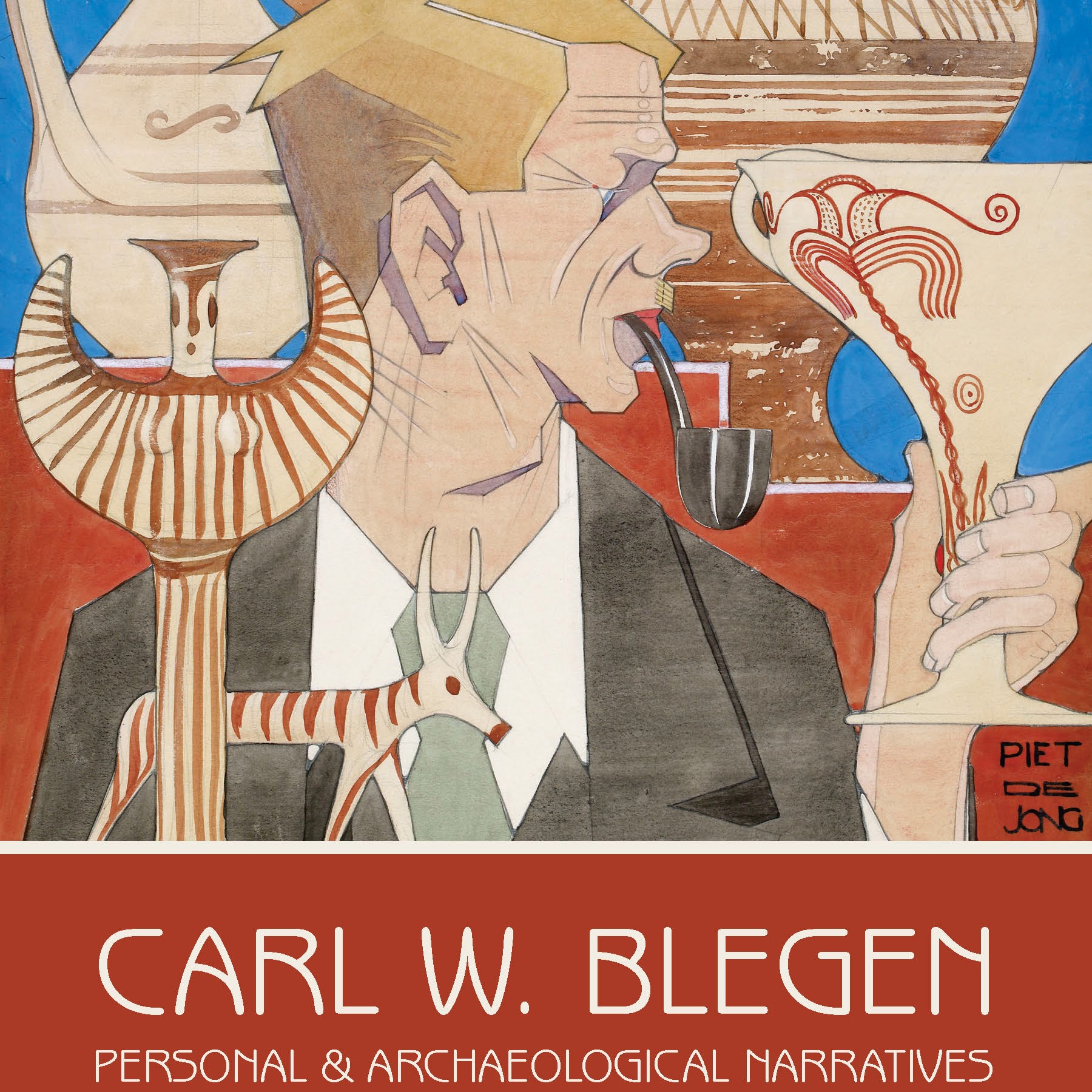He made important contributions to Greek prehistoric research with his excavations: Who is Carl William Blegen?
With the excavations he carried out in Troy between 1932-1938, Blegen concluded the previous excavations at the same place first by Schilemann and then by Dörpfeid.

(1887-1971) US archaeologist. He made important contributions to Greek prehistoric research with his excavations. He was born on January 27, 1887. He completed his secondary education in a seminary. He studied at Yale and Minnesota Universities. In 1913 he entered the American School of Classical Studies in Athens. He took on various duties here and was promoted to manager in 1948. He also worked in archeology education; Between 1927 and 1957, he taught classical archeology at Cincinnati University in the USA. He directed the excavations of Troy in Western Anatolia and Pylos in Greece. He died on August 24, 1971.
Carl William Blegen (January 27, 1887 – August 24, 1971) was an American archaeologist who worked at the site of Pylos in Greece and Troy in modern-day Turkey. He directed the University of Cincinnati excavations of the mound of Hisarlik, the site of Troy, from 1932 to 1938.
Before and after World War I, Blegen conducted stratigraphic research in various prehistoric settlements around Corinth, Greece, and traced the successive cultures there to the Neolithic Age. With these works, he clarified the Late Mycenaean period. The Mycenaean cemetery, which he unearthed during his excavation in Argos Heraion in 1931, also contributed to the information about the same period.
With the excavations he carried out in Troy in Western Anatolia between 1932-1938, Blegen concluded his previous excavations in the same place first by Schilemann and then by Dörpfeid. With his research, he confirmed that there were 9 overlapping layers, as Dörpfeid found, and increased this number to 40 by revealing new intermediate layers with more careful investigations. He determined that the layer called Troy VI was destroyed by an earthquake at the beginning of the 14th century BC, and based on this finding, he argued that the city of Ilion in Homer's Iliad was not Troy VI as was previously accepted, but layer VII a following it in terms of time. However, this idea has not yet been proven with definitive data.
The Mycenaean ruins discovered by the Greek archaeologist Kourouniotis in 1939 near the Gulf of Navarino in the southwest of the Peloponnese were understood to be the 13th century BC city of Pylos mentioned in Homer, and Blegen started a joint excavation here with the Greeks. The work, which was interrupted by World War II, resumed in 1952. It has been determined that the unearthed palace has similarities with the Mycenaean and Triyns castles. In addition, more than a thousand terracotta tablets, which were used in the Cretan civilization and inscribed with the script known as Linear B, were found in the excavation. The Linear B script was revealed to be of Greek origin when Ventrice read these tablets in 1953.
Blegen brought new dimensions to Mycenaean research with his discoveries at Pylos. For example, it is understood from his work that the Palace of Knossos in Crete was destroyed in a later period than had been suggested until that day, close to the Palace of Pylos, that is, at the end of the 13th century.
